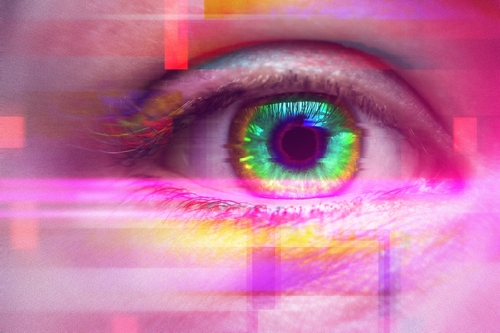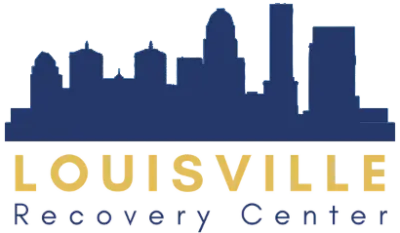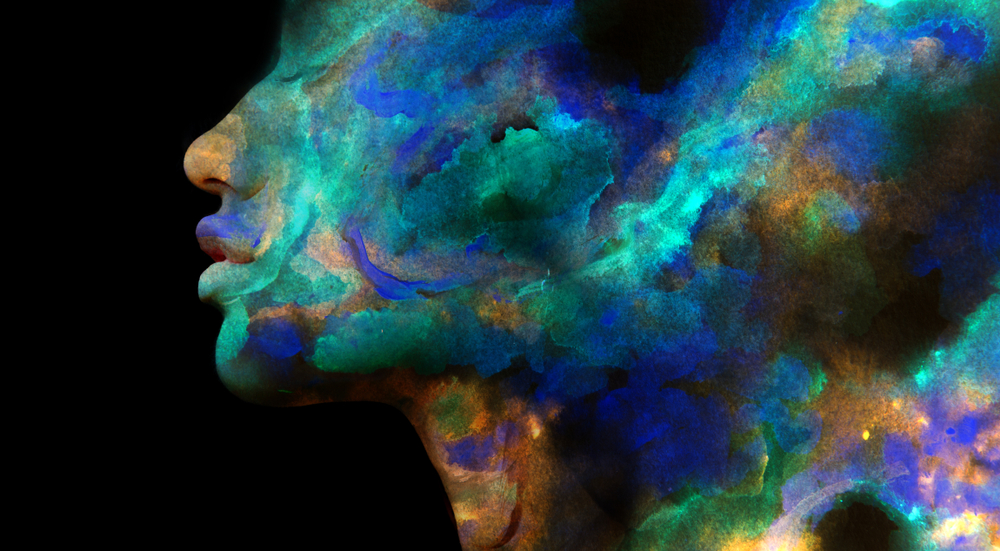Exploring the Impact of DMT Addiction
Can you have a DMT addiction? According to the National Survey on Drug Use and Health, 7.4 million people used some form of hallucinogen in 2021. Of those hallucinogens used, DMT was the least used, while LSD was the most used. Looking at these numbers, we can see that hallucinogenic use is not uncommon and is steadily growing in popularity, just like DMT use is growing.
In this article, we will cover what DMT is, the effects of DMT, if you can develop an addiction to DMT, and how DMT differs from other hallucinogenic substances.
What is DMT?
N, N-Dimethyltryptamine (DMT) is a naturally occurring serotonergic hallucinogenic from the tryptamine family, making it structurally similar to amino acids. This hallucinogenic can be found in plants throughout the Amazon forest in South America and is commonly used by indigenous tribes to make ayahuasca. DMT has gained popularity in recent years due to its more intense and short-term psychedelic effects than other hallucinogenic drugs.
DMT seems to be gaining popularity over the years, as the National Forensic Laboratory Information System database has shown an increase in DMT-related reports. In 2018, there were 726 reports, while in 2021, that number jumped to 1,033, a 42% increase.

The Effects of DMT
The side effects of taking DMT occur due to its interaction with serotonin receptors in the brain, specifically a subset known as 5HT2A. Like other psychedelic drugs, such as LSD or psilocybin, DMT can alter specific processes that happen in the brain. This includes changes in the following:
- Body temperature
- Sleep patterns
- Sensory perception
- Sex drive
- Appetite
Along with these changes in the brain, DMT has physical and psychological effects to be aware of. Some of these side effects include:
- Visual hallucinations
- Auditory distortions
- Vomiting
- Dissociative or out-of-body experiences
- High blood pressure
- Increased heart rate
- Altered sense of time
- Dilated pupils
- Lack of coordination
- Seizures
How Do You Take DMT?
DMT is known for the fast-acting and potent hallucinogenic effects that take place when consumed. The most common methods of recreationally using DMT include smoking, snorting, oral consumption, and, to a much lesser extent, injection. Ayahuasca, a tea derived from South American plants, is also a common way to ingest DMT.
Can You Have a DMT Addiction?
The potential addiction aspect of DMT is a highly debated subject and is still being researched. Currently, it’s uncertain that chronic DMT use can lead to drug addiction. While other hallucinogenic drugs, like MDMA, can cause a tolerance buildup with repeated use, DMT does not cause this. Additionally, there is no evidence that DMT by itself causes withdrawal symptoms. However, further research is being done on this topic.
While the subject of DMT addiction may not be as defined as other substances, such as alcohol, opioids, or stimulants, it’s possible to still develop a substance use disorder through the use of DMT. Since many individuals who use DMT also engage in polysubstance use, it’s possible to develop an addiction to the other substances used alongside DMT.

Hallucinogen Use Disorder
Hallucinogen use disorder is a type of substance use disorder that refers to the compulsive use of psychedelic substances that significantly impacts an individual’s life. While DMT does not cause withdrawal symptoms by itself, some long-term effects can occur from hallucinogen use. Hallucinogen Persisting Perception Disorder (HPPD) is one long-term effect that can happen with repeated psychedelic use and involves sudden flashbacks to hallucinations experienced while on drugs.
While many classic psychedelics do not cause physical dependence, some individuals may develop a psychological dependence on the substance. Some signs you may have a hallucinogen use disorder are:
- Constant cravings for hallucinogens
- Inability to stop taking the substances
- Needing to take larger amounts of the hallucinogens to achieve the same effect
- Navigating your time around hallucinogen use, including getting the substances, using them, and recovering from use
- Inability to enjoy activities without the use of hallucinogens
The Differences Between DMT and Other Hallucinogens
Understanding the differences between DMT and other hallucinogens can provide insights into each substance’s distinct experiences and potential risks. We will take a look into some of the most common psychedelics and how they differ from DMT.
Ayahuasca
While we have mentioned ayahuasca a few times, let’s discuss the main differences between DMT and ayahuasca. Ayahuasca is a psychoactive tea that contains DMT as one of the main components and harmala alkaloids that allow for DMT to be consumed orally. Ayahuasca typically lasts for a few hours, while the effects of DMT last for a few minutes. While both provide a psychedelic experience, ayahuasca is described as a profoundly transformative and healing process and is typically consumed within a ceremony or ritual setting.

MDMA
MDMA, also known as ‘molly,’ is a psychoactive drug but significantly different from DMT. MDMA is a stimulant that increases serotonin, dopamine, and norepinephrine releases in the brain. While DMT is known for its psychedelic effects, MDMA is known for the feelings of euphoria, emotional openness, and increased empathy. Both drugs are typically used recreationally, but MDMA has also been used to treat mental health conditions. Individuals can experience withdrawal symptoms with MDMA.
LSD
LSD (Lysergic acid diethylamide) is more similar to DMT than MDMA but still has its differences in chemical structure, effects, and use. Like DMT, LSD is also found in nature. However, instead of being found in a plant, LSD is found through ergot, a fungus that grows on grains. LSD is known for its psychedelic properties, including visual distortions, enhanced colors, and sensory experiences. These effects can last much longer than the effects of DMT, with some LSD trips lasting longer than 12 hours.
Psilocybin
Psilocybin, also known as magic mushrooms, is the most similar to DMT in its effects, source, and cultural context. Psilocybin is a compound found in certain mushrooms and is also a part of the tryptamine family. Both drugs share similar effects on the body, with visual hallucinations, an altered sense of self, and changes in thought patterns. However, the effects of psilocybin are typically less intense than DMT and are more introspective. These effects also last longer than DMT, lasting around 4 to 6 hours after use. Like DMT, psilocybin has been used in a ceremonial setting for years and has a profound impact on indigenous communities.
Louisville Recovery Center Can Help with Addiction
Drug abuse, even drugs that are difficult to get an addiction to, like DMT, is not something to take lightly. There can be severe, life-threatening consequences if you do not get the help you need to recover from drug abuse. Understanding the options available for substance abuse is essential in receiving addiction treatment services.
At Louisville Recovery Center, we aim to treat the whole person, from the mind to the body to the spirit. We offer holistic, individualized, and experiential treatment programs to ensure our clients receive the tools and resources needed in their recovery journey. Let us find you the sobriety you deserve.
If you or a loved one are struggling with substance abuse, contact us today to learn more about treatment programs and how we can help you.







